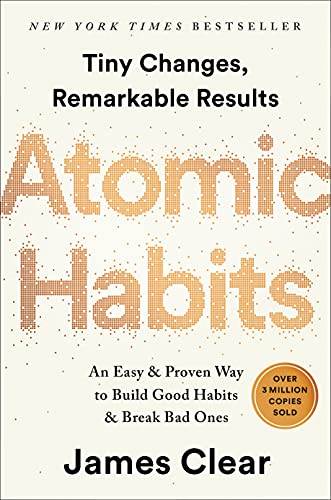 As we wrap up 2021, my first full year remote working, I managed to read a whopping 54 books, an increase of 31 books over last year and my first year completing the 52 books in 52 weeks challenge. I surpassed last year’s total in mid-June, passed my best years, 2015 and 2016, in late August, and completed book 52 with two weeks left in the year. I read (or listened) to 18,670 pages, by far my highest total of all time and only the second time I’ve passed 10,000.
As we wrap up 2021, my first full year remote working, I managed to read a whopping 54 books, an increase of 31 books over last year and my first year completing the 52 books in 52 weeks challenge. I surpassed last year’s total in mid-June, passed my best years, 2015 and 2016, in late August, and completed book 52 with two weeks left in the year. I read (or listened) to 18,670 pages, by far my highest total of all time and only the second time I’ve passed 10,000.
Of those books, 16 were non-fiction and, of the 36 novels, 10 were tied to a TV show, either as the source material or as a tie-in. None of the books came out of my dwindling “to-read” drawer, with 43 e-books and 4 audiobooks. For the first time since I was a kid, I got myself a library card, which helped me procure 14 of the books.
Just less than half of the books I read this year were by authors I have read before. The 31 authors that I read for the first this year were:
|
|
|
Erle Stanley Gardner, Mary Kubica, Jeffery Deaver, Andy Weir and Karin Slaughter were the only authors that I read multiple titles from during 2021.
6 of the books I read were released this year, while 5 of them were released last century, with the oldest first published in 1933.
Finally, the breakdown by month, which was fairly consistent across the entire year.
